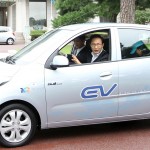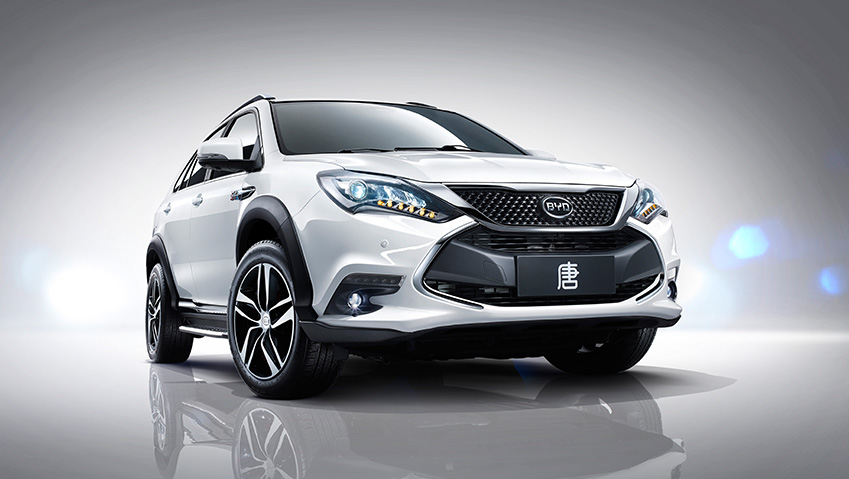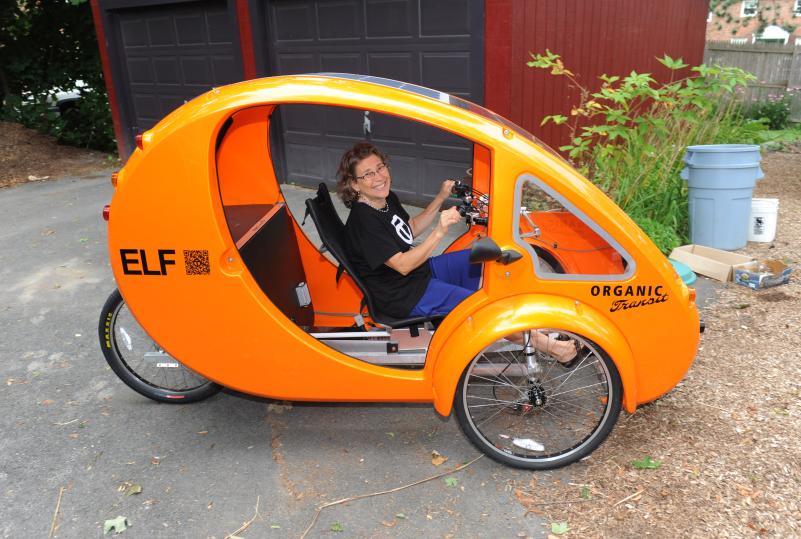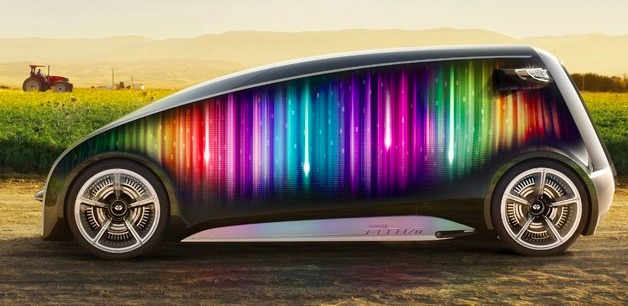 Hyundai invested a total of about 40 billion won over a one year period to create BlueOn, which is based on Hyundai’s small hatchback, i10. The electric version of i10 was first unveiled at the Frankfurt Motor Show in 2009.
Hyundai invested a total of about 40 billion won over a one year period to create BlueOn, which is based on Hyundai’s small hatchback, i10. The electric version of i10 was first unveiled at the Frankfurt Motor Show in 2009.
Beginning with today’s ceremony, Hyundai is planning to provide 30 BlueOn electric vehicles as test fleets to various government organizations in Korea by October. These electric vehicles will be mainly used to help develop and test charging infrastructures for about two years, until August 2012. Furthermore, these cars will be used for promotional purposes, starting with the upcoming G20 summit, to boost Korea’s eco-friendly image.
The name ‘BlueOn’ derives from Hyundai’s Blue Drive strategy, which encompasses the company’s eco-friendly products and technologies. The word ‘On’ symbolizes “switch on.”
Innovative LiPoly Batteries, Virtual Sound
BlueOn has a compact body with an overall length of 3,585 mm, overall width of 1,595 mm and overall height of 1,540 mm. It is equipped with a highly efficient electric motor powered by an innovative 16.4 kWh LiPoly (lithium-ion polymer) battery technology that offers numerous advantages over other battery types. BlueOn boasts a maximum power of 81ps(61kW) and maximum torque of 21.4kg/m(210Nm).
As pure electric vehicles operate only with the battery and electric motor, the battery’s lifespan and storage capacity determines the vehicle’s performance. Hyundai chose LiPoly batteries because compared with previous nickel-metal hydride batteries (NiMH), LiPoly batteries delivers the same power with 30 percent less weight and 40 percent less volume, boosting efficiency and leaving more interior space for passengers.
Furthermore, the car has been designed to prevent overcharging and collision-related safety issues. Hyundai also conducted hundreds of thousands of kilometers’ worth of endurance testing to secure safety. BlueOn boasts a maximum speed of 130km/h – 81 mph and 0-100 km/h is achieved in 13.1 seconds, better than some gasoline models in the same class.
BlueOn also features a Virtual Engine Sound System (VESS), which creates an artificial sound for the safety of pedestrians, as electric vehicles make little to no sound when driving at low speeds.
Recharging
BlueOn can travel as much as 140 km/ 87 miles on a single charge. It also accommodates dual recharging methods: a 220V household power and a 380V industrial-strength power, which promises quick recharging speeds. Under the household power, the battery will be fully recharged within six hours. Under the quick charge method, the battery can be recharged to about 80 percent of its capacity within 25 minutes. Hyundai will collaborate with the Seoul Metropolitan Government and other government agencies to build recharging facilities.
In addition, the engine-driven components were electrified so that the electric motor-driven power steering, electric water pump and regenerative brake system could be adapted to BlueOn. Furthermore, for the driver’s convenience, an advanced telematics system showing the charge status and location of recharging stations is installed. A 4.2-inch TFT LCD Supervision Cluster that provides voice guidance has also been installed.
Hyundai plans to expand its manufacturing capabilities for BlueOn next year, carrying out test productions and making about 2,500 units by the end of 2012.



